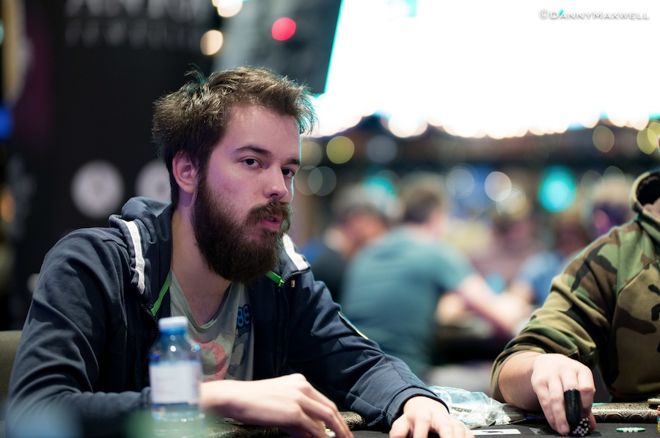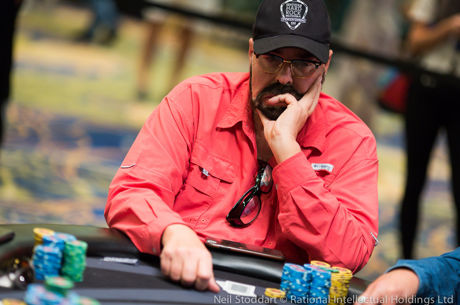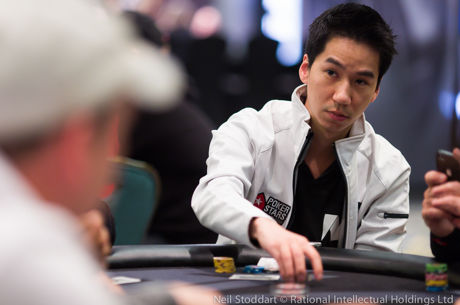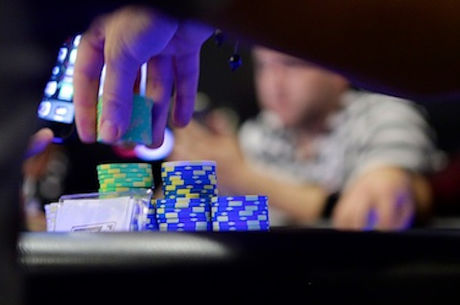How to Win a Hand by Understanding an Opponent's Range

These days poker players discussing no-limit hold'em strategy and in particular analyzing decisions made before and after the flop will talk not of putting an opponent on a specific hand, but rather coming up with a range of hands that make sense given the action.
Such "range reading" typically involves starting with a somewhat wide range based on the opponent's tendencies, recent history, position at the table and other factors. Then as a hand proceeds, each action the opponent makes is used to narrow that range further, thereby helping the player decide how best to respond.
888poker Ambassador Dominik Nitsche recently took the time discuss the concept further with us by discussing a $25/$50 NL cash game hand he played a couple of months ago on 888poker.
As Nitsche explains, he'd had a lot of heads-up experience versus his opponent in the hand. That means when Nitsche opened for $150 from the button with K?Q? then watched his opponent three-bet to $550 from the big blind, he was able right away to start narrowing down the player's likely range of holdings.
Knowing the kinds of hands this particular opponent tended to three-bet with �� low-suited cards (connectors and one-gappers), almost never offsuit-Broadway hands �� gave Nitsche a start on narrowing his range as the hand began.
The hand develops interestingly with the board eventually coming 9x4x3x rainbow (no spade), then J?, then another Jx, with Nitsche's opponent leading with bets on every street culminating with a river jam.
Thinking about that history, the board, his opponent's actions and the king and queen "blockers" he holds in his hand, Nitsche further narrows his opponent's range to exclude a lot of hands that beat his king-high.
Take a look and hear Nitsche's reasoning during what turned out to be a $20,000 pot.









